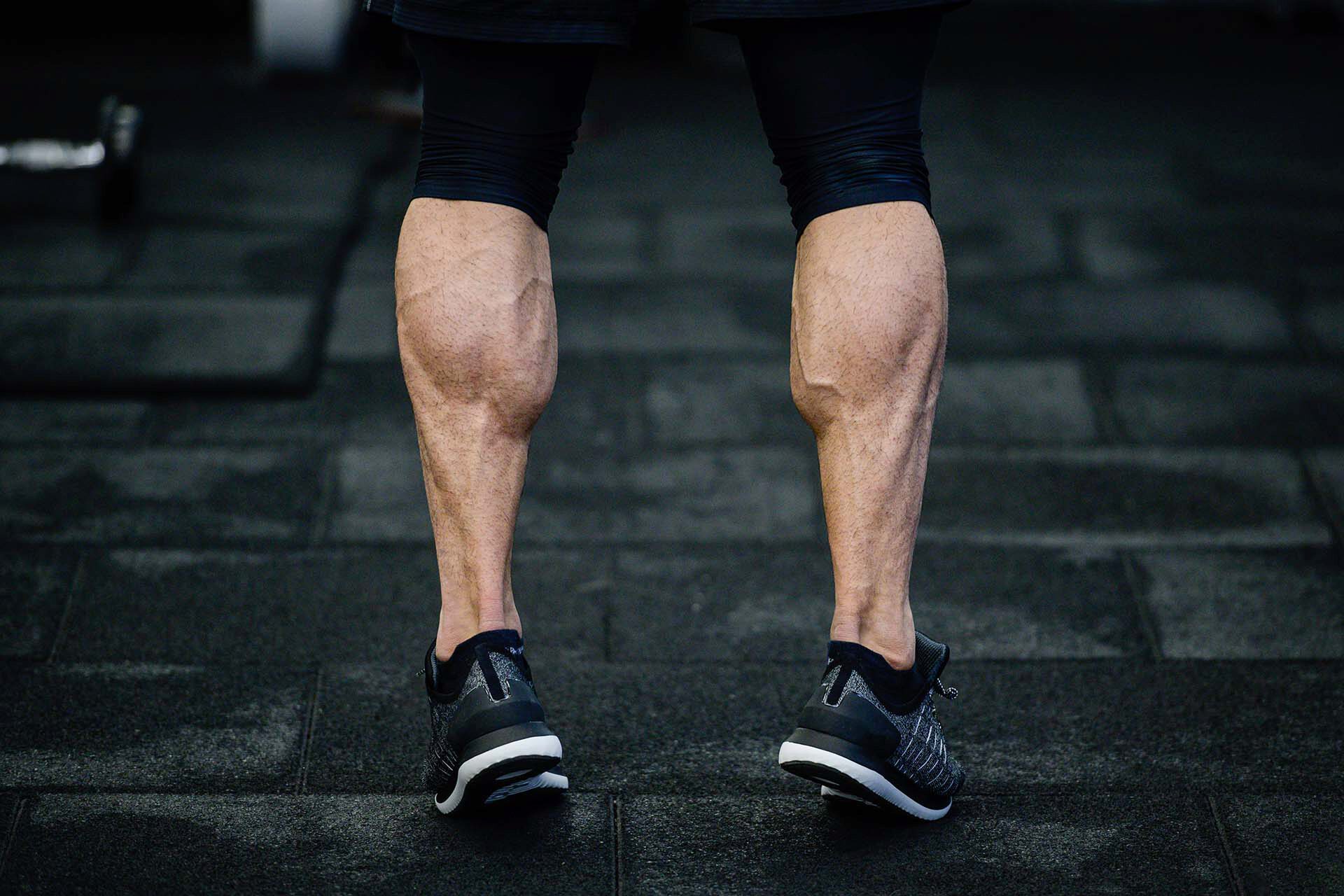Specialization Training: How To Train Weak Muscle Groups
During the course of your fitness journey, you’ll eventually find muscle groups that are difficult for you to train and get results with.
Eric Helms describes them as “weak points”.
Weak point refers to strength deficiency in a specific muscle group compared to other areas of your body.
Aesthetically, these could be muscles that lack development and are considered smaller or not proportioned with your body.
Weak points could be different for each person.
For some, these could be the shoulders, triceps or glutes.
Generally, weak points could be genetic, but sometimes they may develop from unbalanced exercise routines.
The good thing is there is a simple and effective solution that could work for you, and that is specialization training.
If standard training is not enough, you have to force your muscles to grow by placing additional stress on them.
Specialization is the training concept of concentrating on just 1 or 2 body parts that are lagging in progress compared to the rest of the body.
Through specialization, you can concentrate your focus and energy on building up your weak points.
This allows you to devote the right volume and intensity to your target muscles to grow fast and efficiently.
This is where isolation exercise comes in.
Isolation exercises allow your body to work on a specific muscle without activating other muscle groups resulting in greater recruitment of motor units.
Specialization creates a specific demand to strengthen and grow a particular body part.
- Increases strength of the targeted muscle
- Helps overcome plateaus
- Increases growth of weak points
- Helps build strength in other movements
Specialization routine should focus on applying various exercise principles on your weak points.
Take for example the calf muscle.
It is one of the most common weak points a typical person has.
An optimal specialized routine for the calves would look like this:
- Elevated Calf Raises for 20 reps x 2-3 sets
- Seated Calf Raise for 20 reps x 2-3 sets
- Farmers Walk for 20 reps x 2-3 sets
- Jumping rope for 5 to 10 minutes
- Dumbbell jump squats for 15 reps x 2-3 sets
- Other exercises (can be done in the evening)
If your goal is hypertrophy, include other compound exercises in your training to maximize your gain.
However, remember to mix it up with more isolated exercises to address your weak points.
- Day 1: Specialized routine (Calves)
- Day 2: Rest
- Day 3: Normal workout
- Day 4: Specialized routine (Calves)
- Day 5: Normal workout
- Day 6: Rest
- Day 7: Specialized routine (Calves)
- 4-6 weeks of specialized routine (calves)
- 2 weeks of unloading (decrease exercise volume)
- 4-6 weeks of specialized routine (biceps)
- 2 Weeks of unloading (decrease exercise volume)
- 4-6 weeks of specialized routine (chest)
Specializing your training doesn’t mean you’ll have to stop working out other muscle groups.
It simply means putting more attention to your weak points while maintaining other muscle groups.
Ideally, you want to perform your specialized routine first, to ensure you have tons of energy and fatigue won’t compromise your training.
You can create your own routine by applying the following principles:
To build your muscles, you have to train it more with higher reps, more sets and much greater frequency.
At the minimum, build a training routine that you could do 3 to 4 times per week.
Isolation exercises are great for targeting a specific muscle which is ideal for promoting hypertrophy to your lagging muscles.
Add 2 or 3 isolation exercises in your specialization routine.
Prioritize your lagging muscles in your workout.
Do your specialized workout first so you can perform them with maximum intensity and repetition.
This way, you can ensure that you can execute them with high quality movements.
More importantly blood testosterone is at heightened levels during the first 20-45 minutes of workout.
Split your exercise routine in the morning and afternoon or evening.
Perform your specialized program in the morning and then do it again in the evening together with other planned exercises.
Add different variety of exercises on your specialized training to help prevent overtraining and plateau.
This way you can guarantee a steady progress on your muscle growth.
To keep an optimal stimulus for muscle growth, you have to gradually make your exercises more challenging by increasing the amount of weight, intensity and frequency.
A typical specialization training lasts between 4-6 weeks.
Use this period to squeeze specific exercises in your routine that challenges your target muscles before shifting to other muscle groups.
Allow 2 weeks of unloading phase by decreasing your training volume before switching to another muscle you want to specialize.
By allowing your body to recover optimally, you are eliciting a supercompensation effect where your body can perform at a higher capacity.
The more you advance in your training, the harder it is to get consistent progress in your physique and strength.
In addition, you’ll notice some weak points that are difficult to train and hard to see significant results with.
Specialization training is an excellent way to improve lagging body parts and stimulate muscle growth.
You’ll be able to focus your energy on muscles that need it the most by prioritizing them in your training routine.
